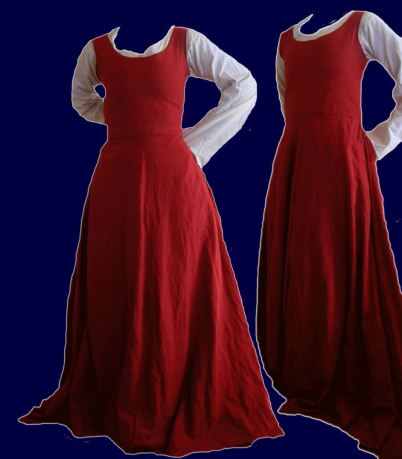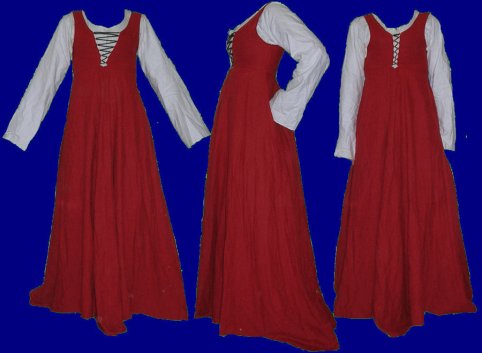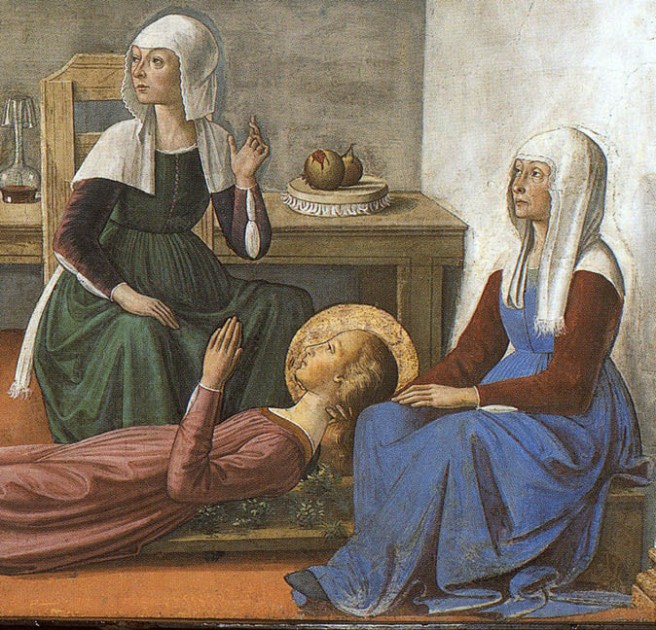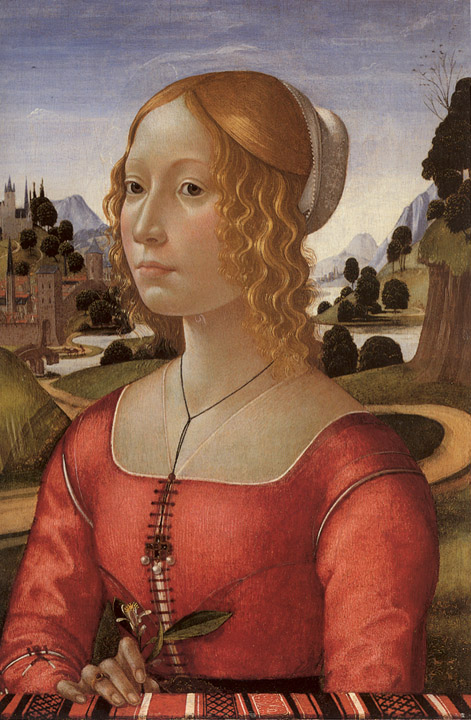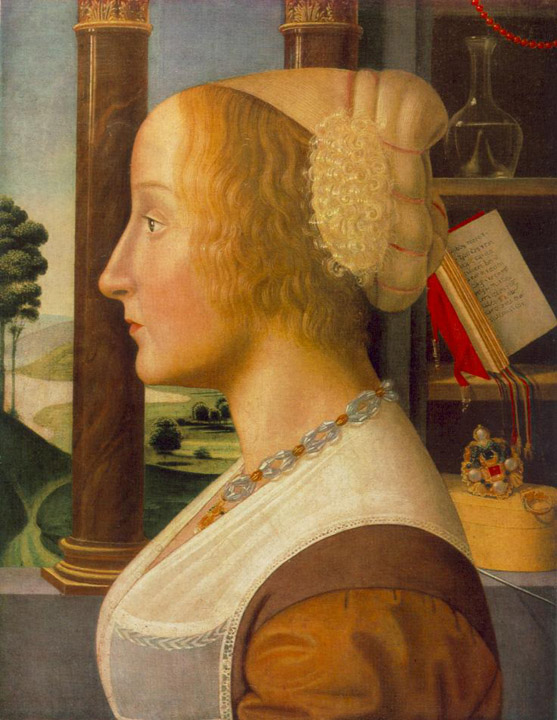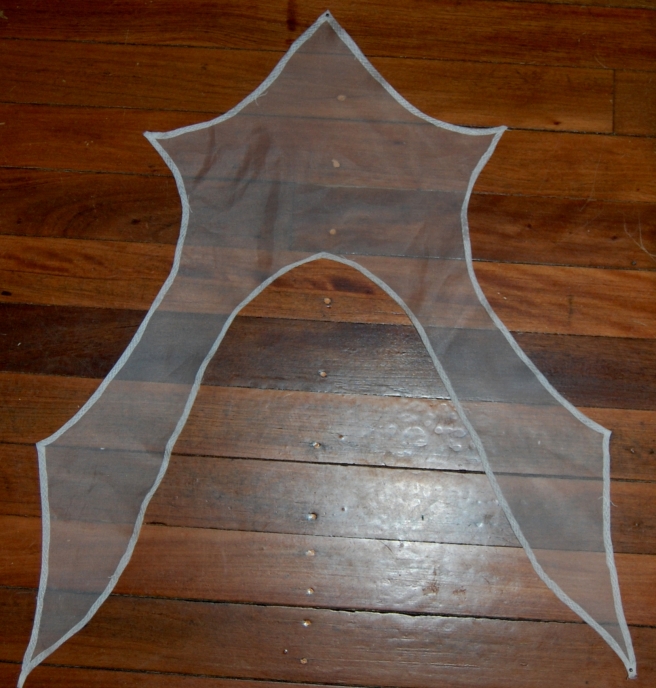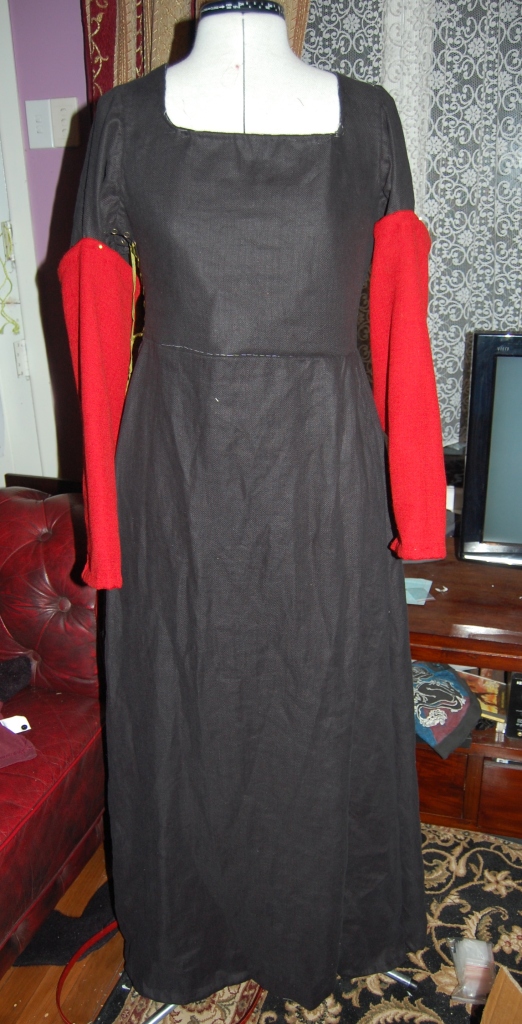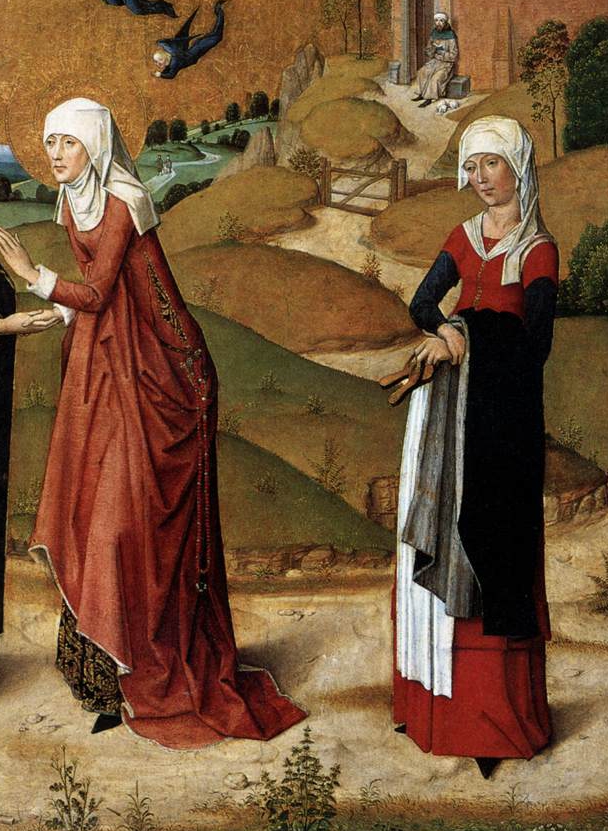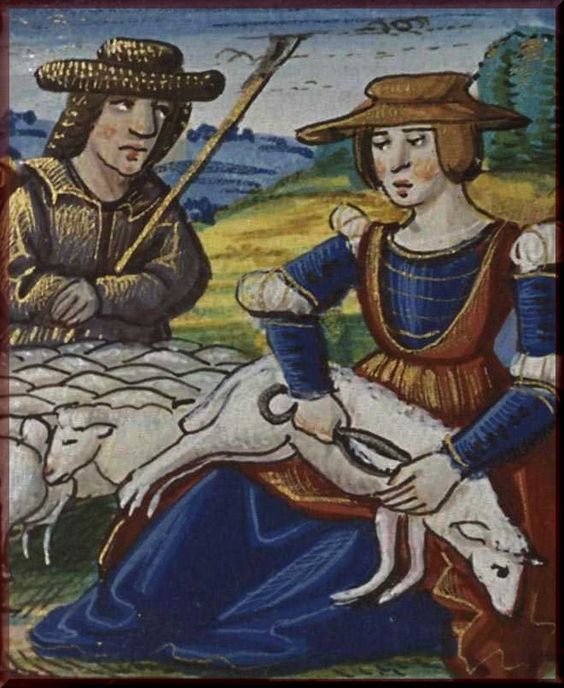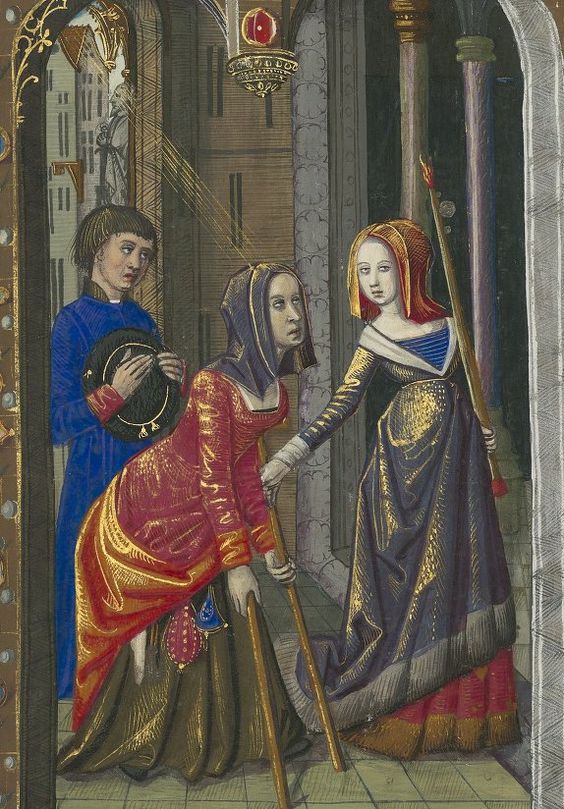Last weekend I went to AROW, Abbey Re-enactors Only Weekend. There were a lot less people there than last year (when it was almost rained out and was wet and humid and miserable), but I still had a good time. This year the weather was beautiful, sunny and warm. I got time to go wandering round to visit other groups, namley the Viking groups who I never get to visit at real events because I’m busy.
Because there were no public it was more of a relaxed event, which was nice in some ways (one encampment was looking through a photo album of an event from 2002, at another I was offered a cup of tea) but meant taking photos was trickier than expected. One encampment I went to were doing crafts and were using a few modern materials. They saw my camera, asked me to wait a few moments and in 10 seconds all the modern stuff dissapeared under tables and beneath aprons. It was like at an event when some re-enactor comes running past going ‘they let the public in early! get everything away!’.
One thing I did make sure of was to get photos of my black kirtle, at last. The linen of the bodice has stretched more than the lining so I’ll need to do some adjustments. I don’t normally wear this belt with this dress, but I needed something to thrust my distaff into. I’m working on a red leather belt for this one.

The coif is made from the pattern here.
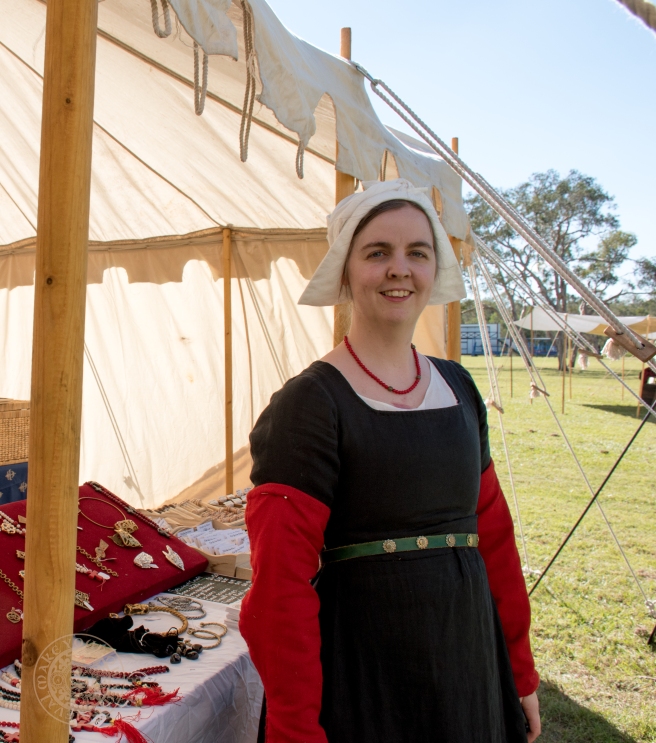
I’ve worn this before and love it, but this is the first time I’ve worn it with the brim folded back. Previously I’ve worn it with the brim down.

I really wish I had gotten a photo of my new red wool hood, it looks great with this outfit but maybe at the next event where it will be a bit colder.

